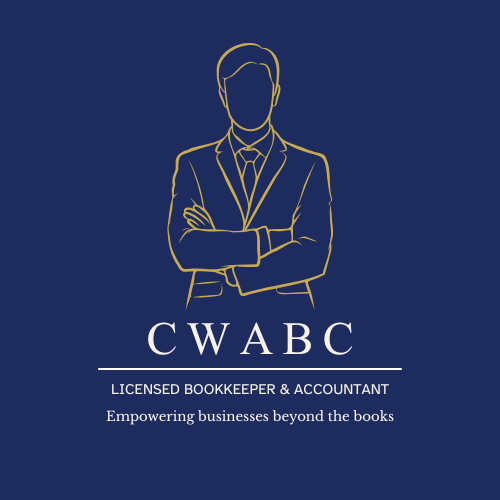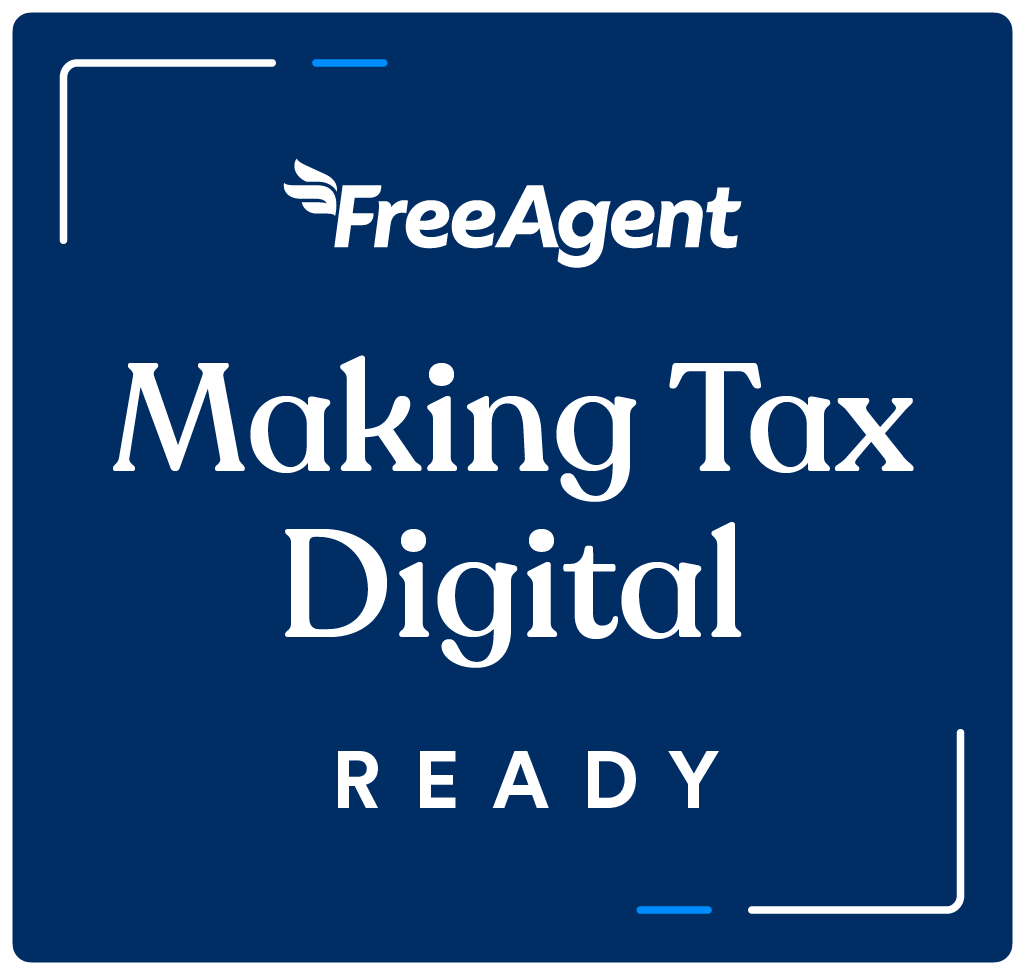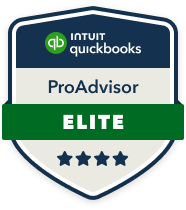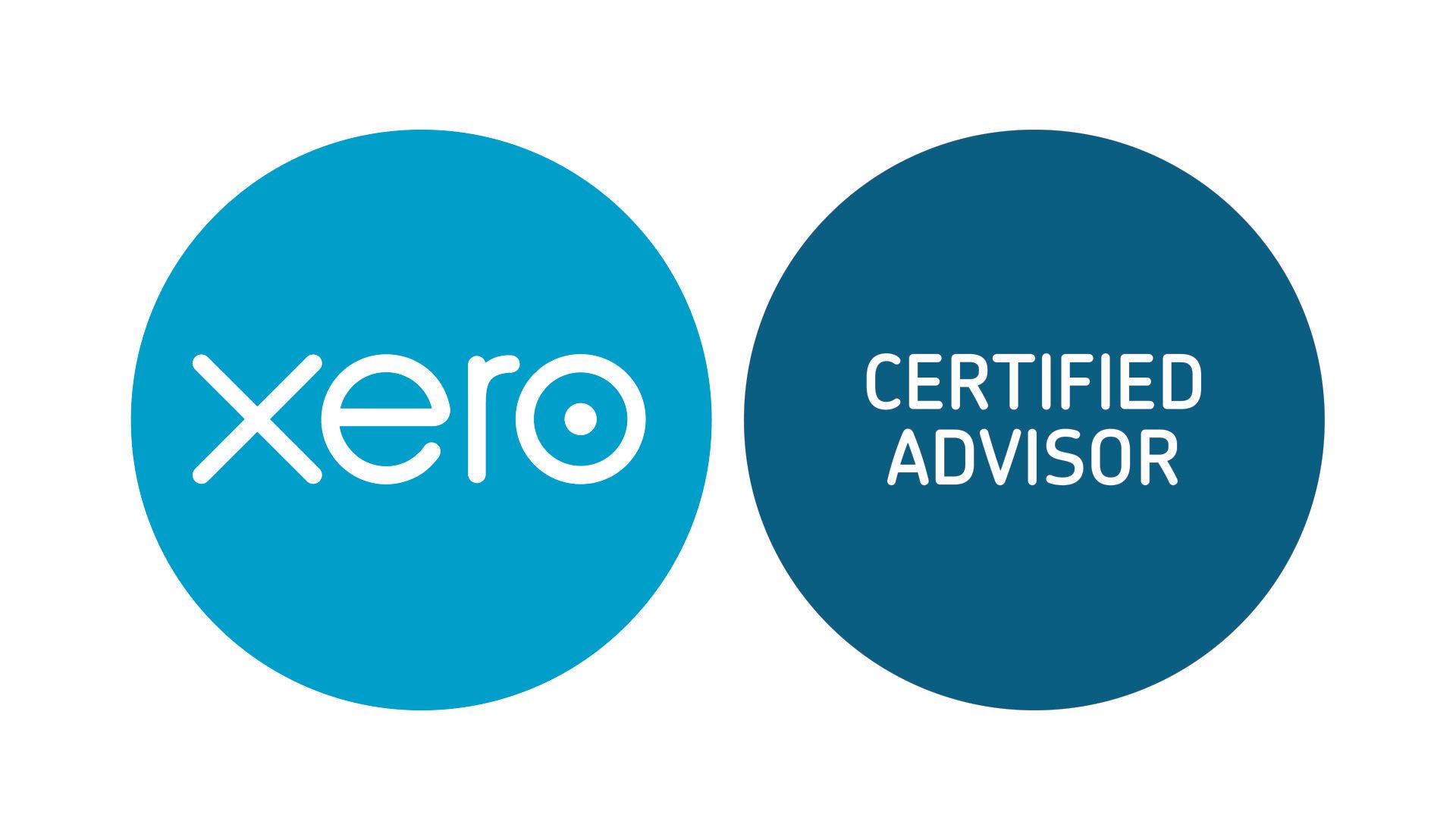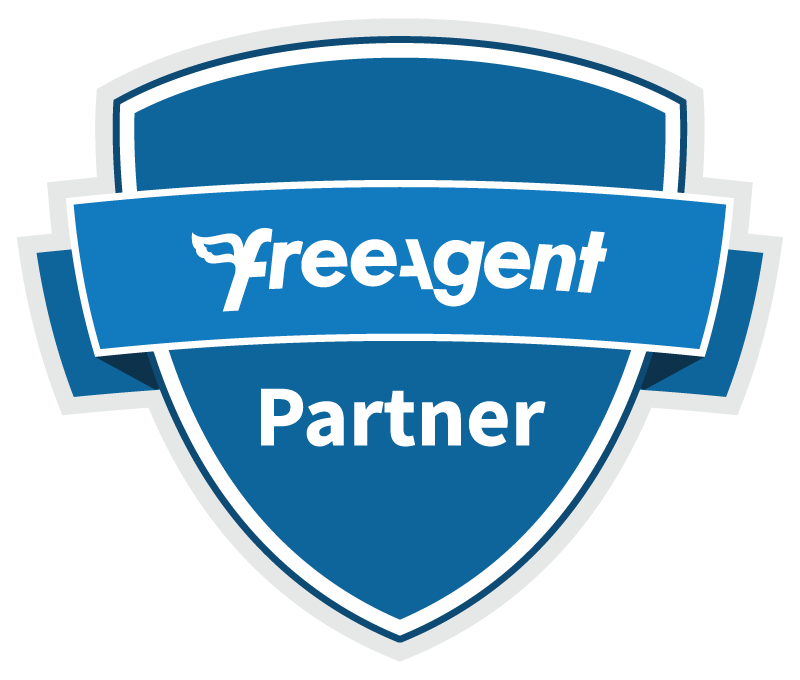MTD ITSA is Coming in April 2026 – Time to Get Serious! More False Starts Than a Racehorse!
This is a subtitle for your new post
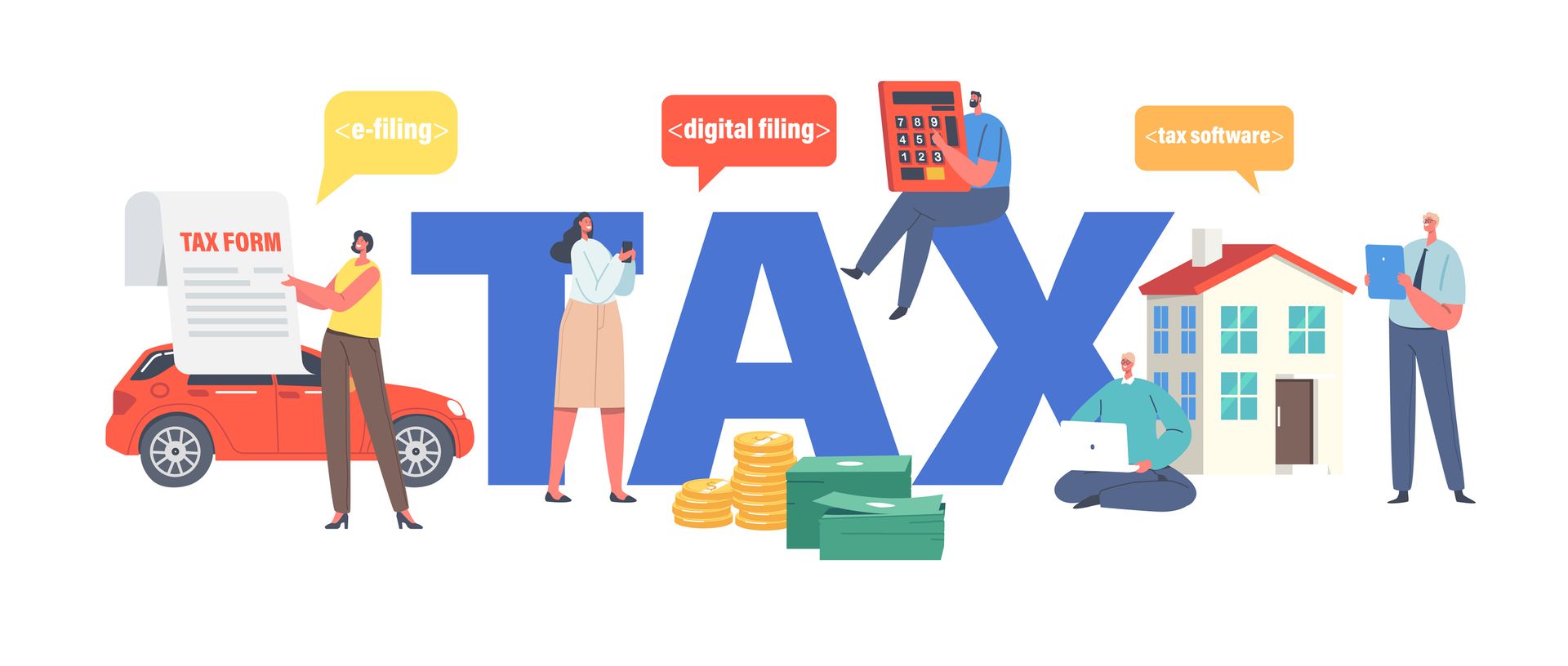
After numerous delays, Making Tax Digital for Income Tax Self-Assessment (MTD ITSA) will officially begin in April 2026. It’s had more false starts than a racehorse, but this time, it’s happening. Sole traders and landlords will soon need to comply with quarterly tax submissions, a major shift from the current annual reporting process.
What is MTD ITSA?
From April 2026, all sole traders and landlords with income over £10,000 must comply with the new system, which requires quarterly tax submissions through approved software.
Who Needs to Take Action?
- 31% of Businesses Without an Agent: If you're in this group, it’s crucial to start preparing now. Managing quarterly submissions on your own can be overwhelming, so finding a professional to guide you through the process is key.
- 69% of Businesses with an Accountant: Even if you already have an accountant, it's time to have a conversation about how MTD ITSA will affect your tax reporting. Ensure you're using the right tech solutions to make quarterly submissions seamless and efficient.
Why It Matters:
With 1.7 million businesses affected, many are still unaware of how MTD ITSA will impact their tax processes. Quarterly submissions will become mandatory, and failing to comply could result in penalties.
How to Prepare:
- Embrace Automation: Investing in tech tools like Pixie, Xero, and Dext will simplify quarterly submissions and help you stay compliant.
- Talk to Your Accountant: If you're part of the 69% already working with an accountant, make sure you discuss how they plan to handle the new requirements and ensure you're on the same page.
- If You Don’t Have an Agent: Now is the time to find one! Waiting until the last minute could cause unnecessary stress and financial strain.
The April 2026 Deadline is Closer Than You Think:
While 2026 may seem far away, it’s crucial to start preparing now. If you're unsure where to begin or need help managing the upcoming changes, we’re here to assist. CW Licensed Bookkeeper & Accountant can help you choose the right tools and strategies to stay compliant and avoid any last-minute headaches.
Contact us at info@cwabc.co.uk or call 07306 812321 to ensure you're ready for MTD ITSA and the April 2026 deadline!



